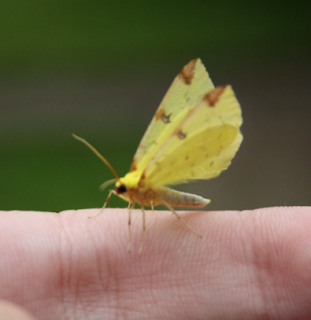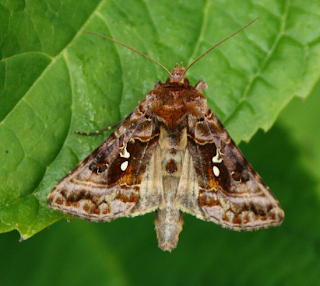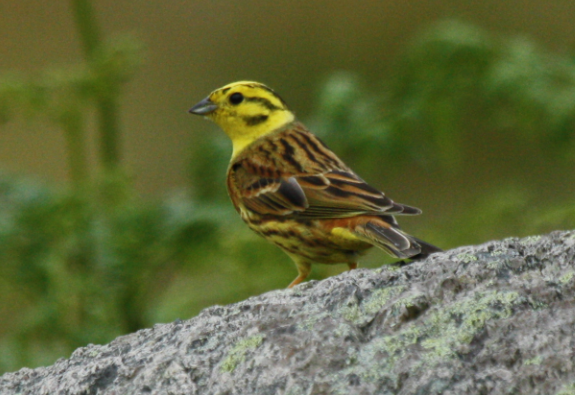There was a 8-hour survey trip for the "determined" people. Though some people on the boat were the sort of people that wanted guaranteed sightings of dolphins and nothing more, but its probably unfair to judge that. I still sought a few birds, namely kittiwake, puffin and manx shearwater which occurred off shore. I was informed that it was a possibility to see any or all of those birds, but it was by no means guaranteed. I was also told it went quite a bit off-shore into fairly deep water so that was also promising.
As we drove into New Quay I found a pale tussock moth on the window of a cafe (yes, while the car was in motion). As soon as the car parked I rushed off down the road to relocate it. It was indeed a pale tussock moth, and not a species I had seen before though they are supposedly fairly common.
 |
| Their caterpillars are quite often seen though. |
A few cormorants lingered in the waters here, but they would undoubtedly be replaced later on by shags, or at least I thought so. Alcids started making appearances. You could just about make out some of them from shore if you squinted hard, but out here they were hard to miss. Both razorbill and guillemot were present.
Within only minutes of the harbour was this funny gull called a kittiwake. (It turns out that some of the shots I took of gulls well off-shore a few days ago were kittiwake, but at the time I could not see enough details in the photos to confirm the ID then).
 |
| Eh. I have better pictures. You'll see them later. |
 |
| From afar its easy to mistake them for razor/mot. |
Since there was a long long time of nothing but two things beginning with "s", I'm going to skip between encounters that should have photos included. First up is this gannet, one of many, but it was very close to the boat.
 |
| Close gannet is close. |
Next up was this European storm-petrel Well I say this storm-petrel, but I have no photos so you'll have to imagine it instead. (Hint: Its small, and dark. AKA almost impossible to see when the water isn't perfectly smooth because the reflections of the wave are also dark and it blends in)
In fact I didn't even see the bird. I considered the possibility of a storm-petrel, and after about an hour of scanning the sea I just kind of sat down and waited for the next exciting event to happen. The "expert birder" on board just casually said, "Oh, there was a storm-petrel about 30 seconds ago." about 30 seconds too late and no one else ended up seeing it. Again, since birds were not the focus I suppose all can be forgiven, but still. There were a lot of jellyfish, mostly moon, across the passage.
But I did manage to find another one. The water was thankfully calm, so there was no need to strain one's eyes trying to pick out a small dark bird that was most likely very far away from the boat. A bit late though cause I already had spent the past hour (plus the past past hour) searching until my eyes were sore. But at least now I could finally sit down and stop scanning. It was highly highly unlikely there would be any other seabird to locate here, since Ireland blocked the open sea (and with it any super rare mega birds).
 |
| Ok, even I'm not that clueless. It probably isn't a bomber plane, but it sounds dramatic so let's go with that. PS: its a RAF Hercules C-130J, thanks Ryan. |
Right, now I can commence the 3 hour skip. The out-to-sea part of the trip was now over, so the boat passed along the immediate coastline now. Cardigan Island had a lot of life resting on its shores, ranging from grey seals to shags. The boat also passed by Bird Rock, a location where a mini-rookery of Alcids can be seen. A pair of shelducks with ducklings in tow was not exactly expected here at sea. It was almost comical how the captain said "There's a duck with ducklings over there." The rest of the journey was back across the coastline, past Llangrannog, and back. A few pictures from here:
 |
| There aren't too many places where you can be in close proximity to shags. |
 |
| Grey seal. |
 |
| Shelduck with shelducklings...or something. |
 |
| Bird rock rookery. |













































